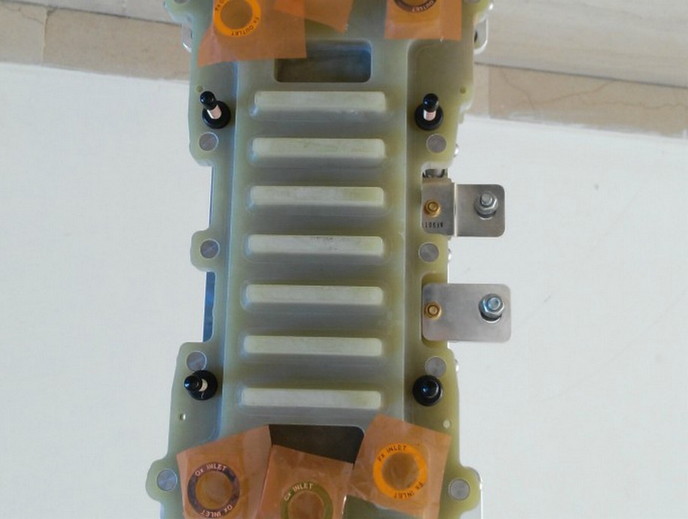Clean hydrogen: deeper insights for better catalysts
The discovery that titanium dioxide enables water to be split into hydrogen and oxygen with the help of sunlight was made almost 50 years ago. This breakthrough could turn out to be the key for unlocking ‘green’ hydrogen – one of the most up-and-coming energy carriers to watch. “To generate hydrogen from water, we need only water, sunlight and a catalyst – and (by definition) the catalyst can be reused. When the hydrogen is subsequently used to produce energy, only water is released. That makes hydrogen a very clean energy carrier,” explains Ellen Backus, professor of Physical Chemistry at the University of Vienna(opens in new window). Titanium dioxide is still considered a benchmark photocatalyst and has been the focus of much research to improve the efficiency of the process. However, half a century after its discovery, we still have very limited knowledge of what happens at the molecular level during photocatalytic water splitting. A team of researchers led by Backus has taken decisive steps towards unravelling this mystery. The FOPS-water(opens in new window) (Fundamentals Of Photocatalytic Splitting of Water) project, supported by the European Research Council(opens in new window) (ERC), delivered new insights into the molecular mechanism behind the process.
A bottom-up approach
Crucially, the project team achieved a new understanding of how water binds to the photocatalyst, and how the acidity affects what happens at the interface between the two. The researchers analysed the orientation of the water molecules vs the photocatalyst, and how strongly they interact, both with each other and with the photocatalyst itself. This represents significant progress towards improving our grasp of the photocatalytic water splitting mechanism, which in turn could help researchers make the photocatalyst more efficient. “Understanding the process will be an important step in designing cheaper and more efficient photocatalysts. Currently, catalyst optimisation is often achieved by trial and error. Our results could enable a more bottom-up approach,” Backus remarks. While there had been previous efforts to unravel the water splitting reaction at the photoelectrochemical electrode interface, these studies had either taken a theoretical approach or made use of extreme conditions, such as low temperatures or ultra-high vacuum (allowing the experimental ‘visualisation’ of the molecules), which do not reflect the normal working conditions for commercially applicable devices. FOPS-water has been able to fill in this gap, Backus notes: “We made progress in understanding this process at the molecular level in environments close to real-life conditions.”
A global picture at the micro level
The team also studied what happens after putting the photocatalyst into an excited state – in other words, raising its energy level. Backus explains: “The excitation is basically mimicking the sunlight. The main result of that work is that photoexcitation changes the surface charge to which the water molecules adapt their orientation.” In addition to these aspects, the team looked at how fast energy can be dissipated during the process, and on which timescale the reaction takes place. They also broke down the reaction into its separate steps. Drawing on the knowledge gained from the FOPS-water project, the team is currently studying the interface between water and other photocatalysts. They aim to obtain a more global picture of how the catalysts work with a view to identifying relevant parameters for catalyst design. These advances could help inch closer to catalysts suitable for large-scale sustainable hydrogen production as needed to support its use in applications such as passenger cars.







